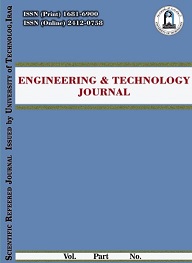Abstract
This work presents a comprehensive and comparative study on reconfigurable/tunable microstrip filters, aiming to analyze and understand the impact of varactors, PIN diodes, lumped capacitors, and inductors on the overall filter performance. The study begins by thoroughly classifying reconfigurable microstrip filters based on their reconfigurability functions and the utilization of varactors or PIN diodes. The investigation delves into the influence of varactors and PIN diodes on the performance parameters of microstrip filters. The analysis includes key aspects like center frequency tunability, bandwidth adjustment, and signal attenuation. Additionally, the impact of these reconfigurable elements on insertion loss and return loss is studied to provide a holistic understanding of their role in filter design. Furthermore, the research investigates the interaction between capacitors and inductors in conjunction with varactors and PIN diodes, aiming to clarify their combined effects on filter characteristics. The study involves theoretical modeling and practical experimentation to validate the proposed concepts and results by offering two band stop filters. Accordingly, the first design was implemented to operate at a frequency of 2.4 GHz. In contrast, the second filter involves the realization of two distinct frequencies: an odd-mode frequency of 3.5 GHz and an even-mode frequency of 2.4 GHz. The outcomes of this research are to provide useful insights and guidelines for RF engineers and researchers involved in developing reconfigurable/tunable microstrip filters.
